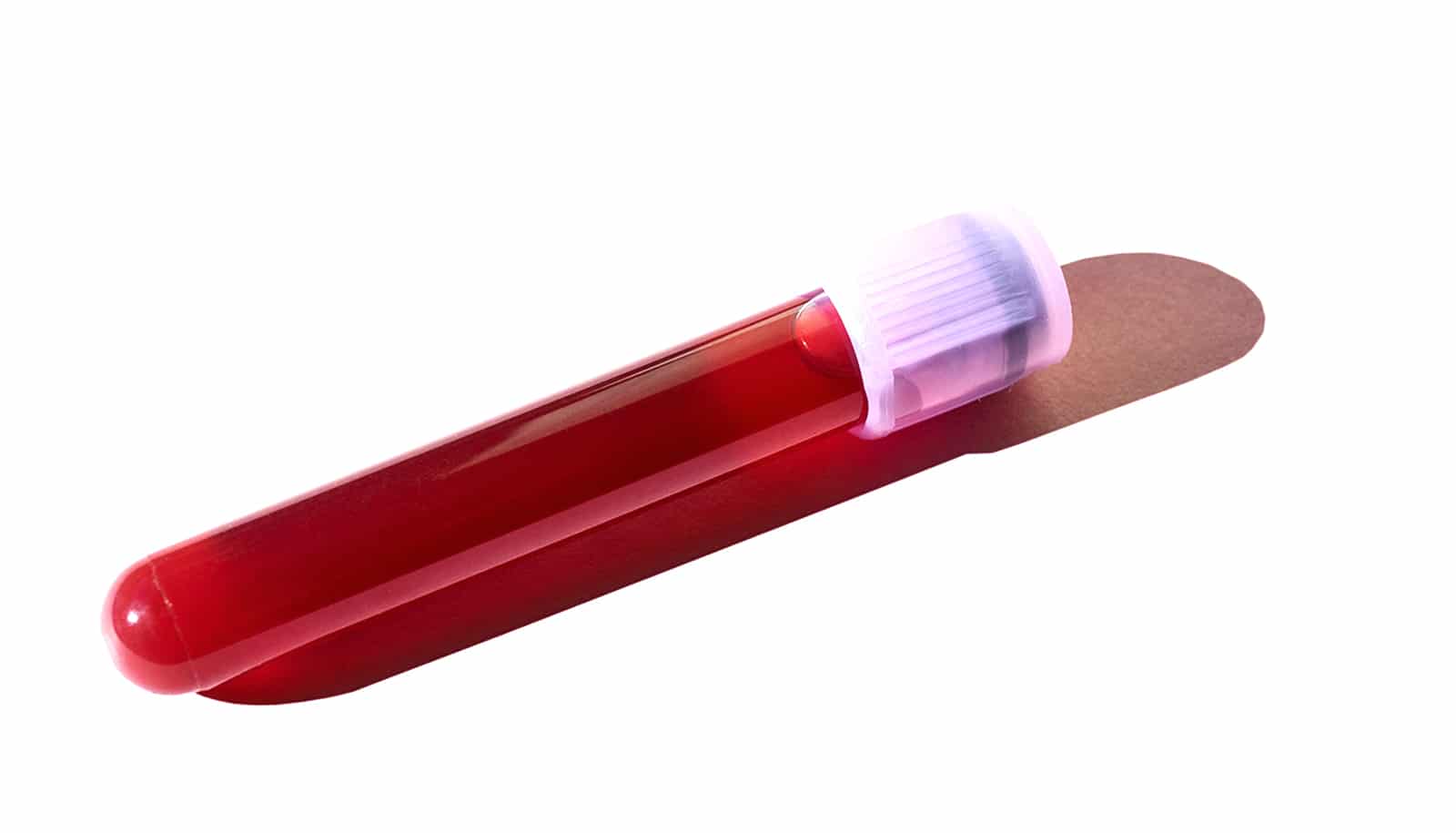Doctors May Be Able to Spare Patients Unnecessary Aggressive Breast Cancer Treatments Through Blood Testing, Research Suggests
Of the 2.3 million women with breast cancer today, around a quarter are diagnosed at an early stage where the cancer hasn’t spread. This stage is called ductal carcinoma in situ, or DCIS. While patients with DCIS tend to have a good prognosis, the cancer can become invasive in 10% to 53% of untreated cases.
Because of the serious risks and the lack of accurate ways to predict outcomes for individual patients, clinicians currently recommend that all women diagnosed with DCIS receive treatment. Treatment options can include lumpectomy or mastectomy. Radiation therapy is often recommended for patients who undergo lumpectomy, and patients with hormone receptor-positive DCIS may also receive anti-hormonal therapy.
“Since early detection can save lives, physicians are now recommending mammograms at younger ages, so more young women have to make some life-altering choices,” says Sunitha Nagrath, a professor of chemical engineering at the University of Michigan and a co-corresponding author of the study published in *Science Advances*. “Currently, patients are often presented with treatment options without adequate information regarding which choice may be most effective based on their individual risk factors.”
This situation means that some patients may receive aggressive treatments even though their cancer might not have spread, while for others, treatment may not be aggressive enough. Research suggests that cancer recurs within 10 years in about 10% of cases treated with surgery alone.
“Our goal is to identify biomarkers that distinguish patients who would benefit from aggressive interventions—including surgery, radiation, and anti-hormonal therapy—from those who may require only surgery or could safely forgo treatment,” explains Fariba Behbod, professor of pathology and laboratory medicine at the University of Kansas Medical Center and a co-corresponding author of the study.
### Detecting Cancer Cells in Blood: The Labyrinth Chip
Patients’ blood may contain markers indicating progressing disease—specifically, cancer cells that shed from tumors and circulate at levels below the detection limits of common lab techniques. These circulating tumor cells can potentially seed new tumors.
To detect these cells, Nagrath co-developed the “labyrinth chip” in 2017 alongside Max Wicha, a professor of oncology and internal medicine at the University of Michigan Medical School. The chip processes blood by pushing samples through maze-like channels, separating larger cancer and white blood cells from smaller blood cells. After processing just a few milliliters of blood, researchers can collect enough cancer cells for diagnostic testing.
### Study Highlights and Findings
In the recent study, researchers used the labyrinth chip to collect cancer cells from the blood of 34 patients with DCIS at the University of Kansas Medical Center. They analyzed which genes were active in individual cancer cells circulating in the blood and compared them with cancer cells obtained from breast tissue biopsies of the same patients.
The tissue cancer cells were classified into four subtypes based on their gene activity. Of these, two subtypes were found in the blood at significant levels. These subtypes exhibited active genes associated with disease progression, chemotherapy resistance, and platelet binding—a mechanism that may help cancer cells evade the immune system. Other active genes likely assist cancer cells in avoiding immune detection.
“That helps us narrow down what could have been indicative that these cells would circulate,” says Neha Nagpal, a University of Michigan doctoral student in chemical engineering and the study’s first author.
Interestingly, the six Black patients who participated tended to have more cancer cells in their blood and showed greater immune suppression compared to white patients, reflecting the higher breast cancer mortality rates observed in Black populations. Since race is not a biologically meaningful category, the researchers suggest that these disparities likely arise from environmental factors.
### Future Directions
“In the future, we plan to identify which of these cell types and biomarkers are able to reach secondary sites and remain there,” Nagpal notes. To gather these data, researchers are transplanting cancer cells obtained from patients into mice. After four months, the mice exhibited elevated levels of cancer cells in their blood, which were then collected for gene sequencing. The team also intends to track disease progression in both the mice and the human patients.
### Funding and Contributions
This research was funded by the UM Forbes Institute for Cancer Discovery, Kansas University Cancer Center, Kansas Institute for Precision Medicine, and the National Center for Advancing Translational Sciences’ Clinical and Translational Science Awards Program.
The labyrinth chip was fabricated at the Lurie Nanofabrication Facility, supported by federal grant allocations. RNA sequencing was conducted at the University of Michigan Advanced Genomics Core.
UM startup Bloodscan Biotech, launched with assistance from Innovation Partnerships, has licensed the labyrinth chip technology. Both Sunitha Nagrath and the University of Michigan hold financial interests in Bloodscan Biotech.
Nagrath is also a professor of biomedical engineering, co-director of Liquid Biopsy Shared Resources at UM’s Rogel Cancer Center, and a member of the UM Biointerfaces Institute.
https://www.futurity.org/cancer-cells-blood-breast-cancer-treatment-3303262/?utm_source=rss&utm_medium=rss&utm_campaign=cancer-cells-blood-breast-cancer-treatment-3303262


